Webinar Overview
Transit Operations Decision Support Systems (TODSS): A USDOT Pilot Expert System for Transit Bus Fleet Management
Date: October 21, 2009
Time: 1:00–2:30 PM ET
Cost: All T3s are free of charge
PDH: 1.5. — Webinar participants are responsible for determining eligibility of these PDHs within their profession.
Register On-line
Contact the T3 Administrator
T3 Webinars are brought to you by the ITS Professional Capacity Building Program (ITS PCB) at the U.S. Department of Transportation’s (USDOT) ITS Joint Program Office, Research and Innovative Technology Administration (RITA). Reference in this webinar to any specific commercial products, processes, or services, or the use of any trade, firm or corporation name is for the information and convenience of the public, and does not constitute endorsement, recommendation, or favoring by U.S. Department of Transportation.
Session Description
Many transit agencies have implemented automatic vehicle location (AVL) / computer-aided dispatch (CAD) systems to manage real-time bus operations. These systems generate large quantities of data, and dispatchers typically do not have sufficient time to digest the data for decision making in a normal operating environment or are unable to recognize patterns of operational problems. A solution to this problem is decision support tools for dispatchers or “Transit Operations Decision Support Systems (TODSS).” TODSS are expert systems designed to support dispatchers in real-time bus operations management in response to incidents, special events, and other changing conditions in order to restore service when disruptions occur.
To support the development of TODSS, the USDOT worked with the transit industry to develop core requirements and then, via a cooperative agreement, worked with Pace Suburban Bus Service and Continental Corporation to develop and demonstrate a TODSS prototype based on the core requirements. The TODDS prototype became operational in April 2009.
This T3 Webinar will discuss the results of the USDOT sponsored TODSS project and provide a demonstration of the pilot TODSS. Specifically, Yehuda Gross of the RITA ITS Joint Program Office and Steve Mortensen of FTA will discuss the background of the TODSS development effort, followed by David Jackson of Booz Allen Hamilton who will give an overview of TODSS and discuss the types of incidents that the system addresses. John Braband and Tariq Khan from Pace Suburban Bus Service will then provide a live demonstration of TODSS, followed by Bill Hiller of Logged On Transit and Dan Spinks of Continental Corporation who will discuss TODSS benefits and highlight some of the key lessons learned to date. Yehuda Gross will wrap up the webinar by identifying USDOT potential next steps for TODSS.
Audience
Transit agency bus operations managers and practitioners, and transit ITS vendors and consultants interested in learning about the functionality, capabilities, and value of transit bus fleet management expert systems such as TODSS.
Learning Objectives
- Greater awareness of the transit industry developed core TODSS requirements
- Greater awareness of TODSS functionality, applications, capabilities, and value
- Results of the USDOT sponsored TODSS Demonstration project including the key lessons learned
- Potential next steps for TODSS
Federal Hosts:
Yehuda Gross, ITS Joint Program Office
Yehuda brings with him close to 40 years of experience in engineering technologies with 27 of them applied in the transportation field. He joined the US Department of Transportation approximately nine years ago and is responsible for all elements of transit ITS in the Joint Program Office. Currently he is leading a federal effort that introduced a coordinated transportation service approach in nine federal government departments with the intent to eliminate redundancies and enhance service.
Yehuda received his education and engineering degrees from the City College of New York, NYU and Brooklyn Polytechnic Institute.
Steve Mortensen, Federal Transit Administration Office of Research, Demonstration & Innovation
Steve Mortensen is a Senior ITS Engineer with the Federal Transit Administration Office of Research, Demonstration and Innovation. Mr. Mortensen represents FTA in the USDOT management of the multimodal Integrated Corridor Management (ICM) initiative and Urban Partnership Agreement (UPA) evaluations. Steve also manages several transit ITS research projects, including the Caltrans and SANDAG Vehicle Assist and Automation (VAA) demonstrations and evaluations, Transit Operations Decision Support Systems (TODSS) demonstration, and Chattanooga SmartBus evaluation.
Prior to FTA, Steve worked at Noblis providing ITS program technical and management support to the ITS Joint Program Office and FTA in the areas of traveler information, rural transit, human services transportation coordination, electronic payment, and rail transit. Prior to Noblis, Steve worked at PB Farradyne developing ITS deployment and implementation plans for several metropolitan regions.
Mr. Mortensen has a Bachelor of Science degree in Mechanical Engineering and a Master of Community and Regional Planning degree from Iowa State University. Steve is a member of the American Institute of Certified Planners (AICP).
Speakers:
John Braband, Pace Suburban Bus
John is the Project Manager for the Transit Operations Decision Support System (TODSS). He was formerly the Project Manager for the implementation of the Pace Intelligent Bus System (IBS) which rolled out in 2005. As manager of Bus Operations, John oversees a fixed route system consisting of over 700 buses. John has over 34 years of transit experience.
William Hiller, LoggedOn Transit
Mr. Hiller provides technical support and planning for public transit Intelligent Transportation Systems (ITS) through his consulting company LoggedOn Transit. Mr. Hiller most recently spent four years as an associate at Booz Allen providing consulting services in the areas of ITS Data Analysis, ITS Transit Design, ITS Transit Implementation and Field Operational Testing. Mr. Hiller brings a strong background in bus operations and IT from over 33 years of transit experience. Mr. Hiller started his career as a bus operator at the Ann Arbor Transportation Authority (AATA) and became the IT Manger responsible for agency-wide project management for all technical and ITS projects. After leaving AATA, Mr. Hiller spent five years at Siemens in several capacities including creating and managing the Transit CAD/AVL Owner Services group, product line management, and technical sales support. Mr. Hiller has a Bachelor of Science degree in Computer Science from Eastern Michigan University.
David Jackson, Booz Allen
Mr. David Jackson has been leading Information Technology (IT) and Intelligent Transportation Systems (ITS) engagements over the last seven years with Booz Allen. Mr. Jackson specializes in operations technologies including CAD/AVL Systems, IT and ITS system infrastructure design, and development of ITS system architecture to support operations and planning activities.
Tariq J. Khan — Pace Suburban Bus
Tariq is responsible for maintaining and troubleshooting IBS program software, hardware and communications (LAN & WAN). He has 25 years of experience in software engineering, including 20 years in transportation.
Dan Spinks, Continental Corporation
Dan has been directing software product development efforts for Continental Corporation over the last 4 years and also directed the project house for over 40 mass transit CAD/AVL integration projects for 3 years. He and his team of software engineers led the innovative development approach to TODSS by working very closely with PACE and the FTA. He has over 20 years of software development experience with a third dedicated to integrating transit solutions.
Additional Resources
Please view the core TODSS requirements document on the Electronic Document Library website
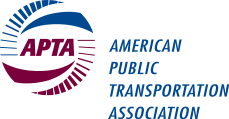


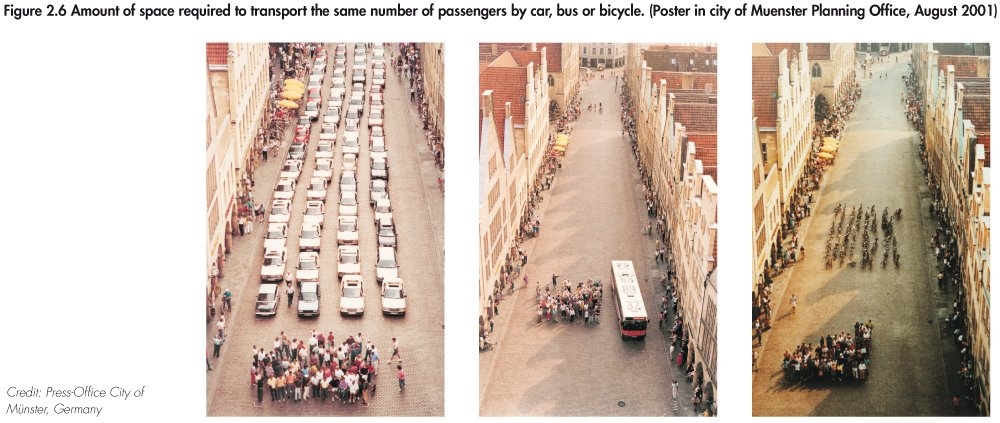



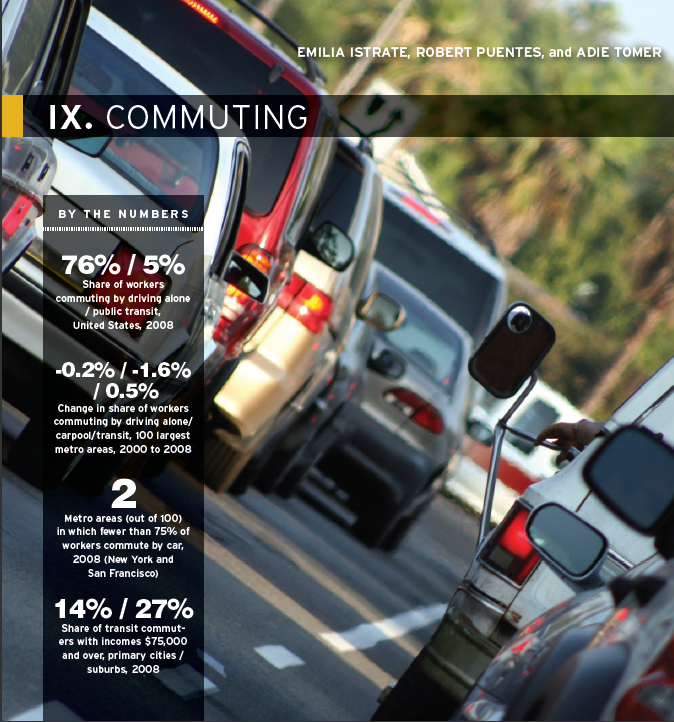
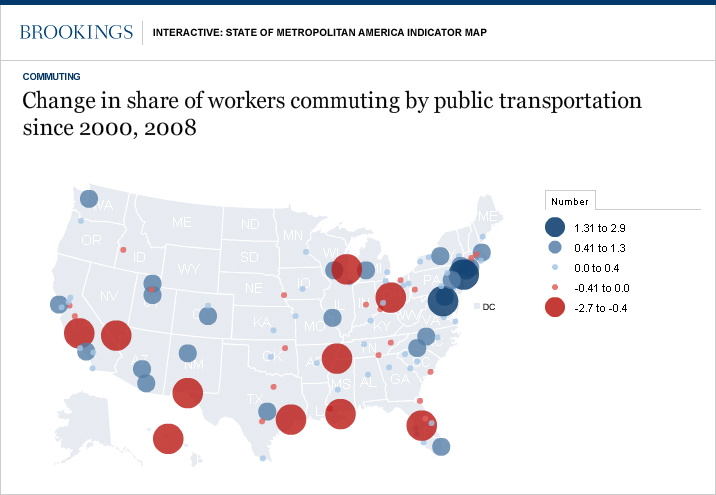
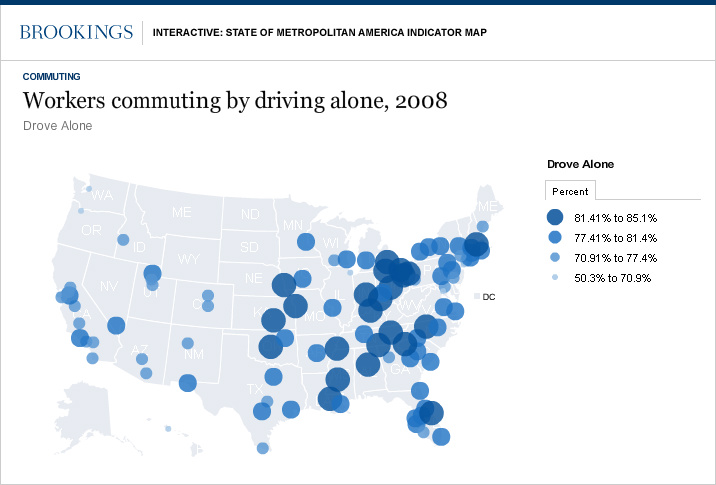

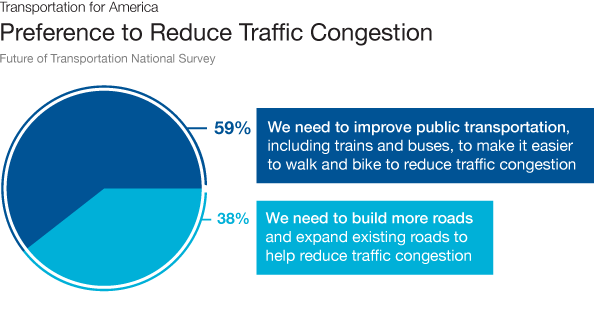
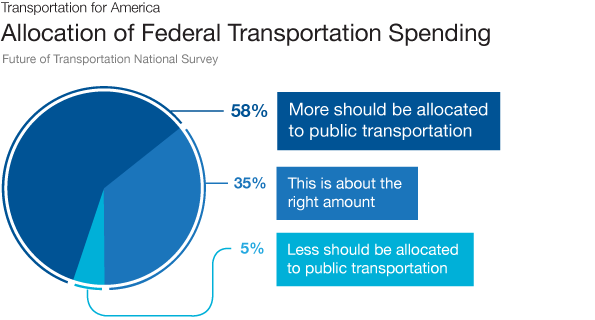

![Reblog this post [with Zemanta]](http://img.zemanta.com/reblog_e.png?x-id=b8a76a6a-5f70-49fb-ba13-b130e5b21ffc)